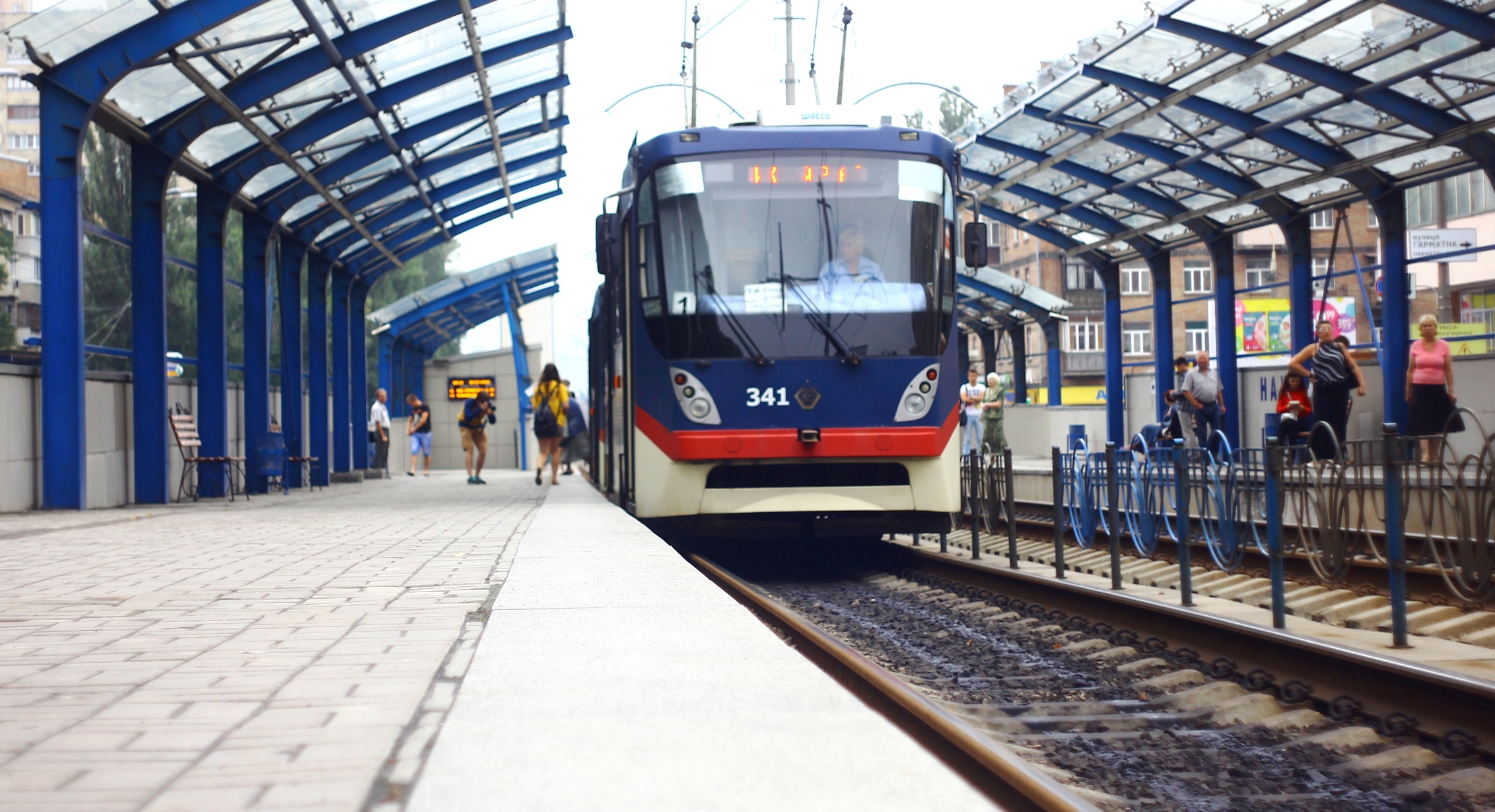Diversified revenue, stable funding, improving efficiency and increasing the number of passengers are the four pillars supporting the financial stability of the sector of public transport and to help lessen its dependence on subsidies.
Ask for public transport services is growing and will continue to grow in most countries, which is explained by the process of urbanization, rising energy prices and environmental factors. Moreover, the need for such services will vary with changes in the direction of increasing social habits, life style, etc.
It requires a sharp increase in the carrying capacity of the transport networks (in particular, as well, and reduce congestion during peak hours), which in turn requires additional resources for training, development and implementation of innovative technologies, the creation of a complete portfolio of services for passengers and more. Provide additional resources on a systematic basis is essential for the further development and improvement of public transport and for the maintenance and development of services in the long term.
At the same time, increase the burden on state and local budgets in recent decades has led to a lack of funding fleet and infrastructure. Over-reliance on the public purse could undermine the development of this sector.
Alternative financial flows and private investments are increasingly recognized as an essential source of funding. However, the current financial crisis could jeopardize private investment. Make our sector more efficient, according to the criterion “cost-effectiveness” and increase its attractiveness for financial investors to help the realization of a more commercial approach to the provision of services and pricing (of course, without prejudice to the social policy).
The ambitious goal of doubling the worldwide use of public transport by 2020, making our call to invest more in its development even more urgent.
